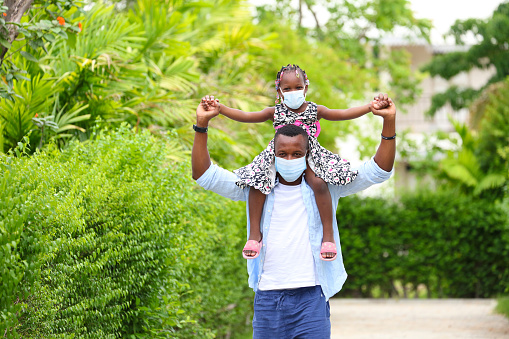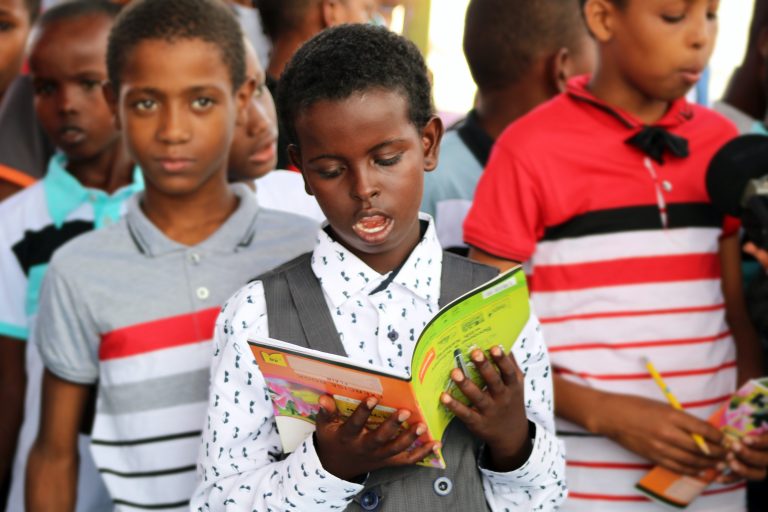The amount of time spent in nature has a surprising effect on early childhood development. The results highlight the fundamental importance of green natural spaces.
New research from UBC suggests if you want to make sure your child is reaching the intended developmental milestones then living in areas with high exposure to green spaces can help prepare them for success.
For the study, analyzed developmental scores of 27,372 children who attended kindergarten between 2005 and 2011 in Metro Vancouver were studied by researchers at the UBC faculty of forestry and faculty of medicine.
The amount of green spaces around the residence of each child from birth to age five was estimated. Also, their communities, air pollution and traffic noise levels were assessed.
The importance of natural green spaces such as street trees, community parks and gardens were the highlight results from the study.
A PhD candidate in the department of forest and conservation sciences at UBC, the study author, Ingrid Jarvis said that most of the children were doing well in their development, in terms of language skills, cognitive skills, socialization and other achievements.
From the study, it was discovered that children who live in a residential area with more greenery vegetation and richer natural environments showed better overall early childhood development than their peers with less green space.
The findings from the study showed the essential importance of natural vegetation spaces such as street trees, community parks, and gardens. The study author Ingrid Jarvis, a PhD candidate in the department of forest and conservation sciences at UBC said that most of the children were doing well in their development, in terms of language skills, cognitive skills, socialization and other achievements. She also said that what is interesting is that children living in a residential area with more greenery and richer natural environments showed better overall development than their peers with less green space.
The reason according to the researchers for children doing well in their development who resides in greenery area and natural vegetation areas is partly because of the ability of green spaces to reduce the harmful effects of air and noise pollution, environmental challenges that have been shown to harm the health and development of children due to increased stress, sleep disturbances and damage to the central nervous system.
Researchers assessed early childhood development using the Early Development Instrument (EDI), a survey conducted by kindergarten teachers for each child. The tool measures a child’s ability to meet developmental expectations appropriate to their age.
Results suggest that for early childhood development, with potential lifelong health benefits, urban planning efforts to increase natural greenery in residential neighbourhoods and around schools are necessary and beneficial.
If we want our children to have a good advantage, it is important to provide them with an enriching environment through contact with nature. Access to green spaces from an early age can help ensure good sociability and mental development in children. Time spent in nature can benefit everyone.







